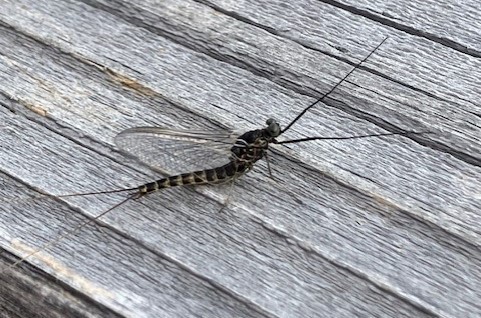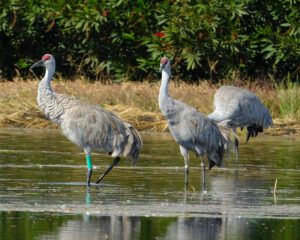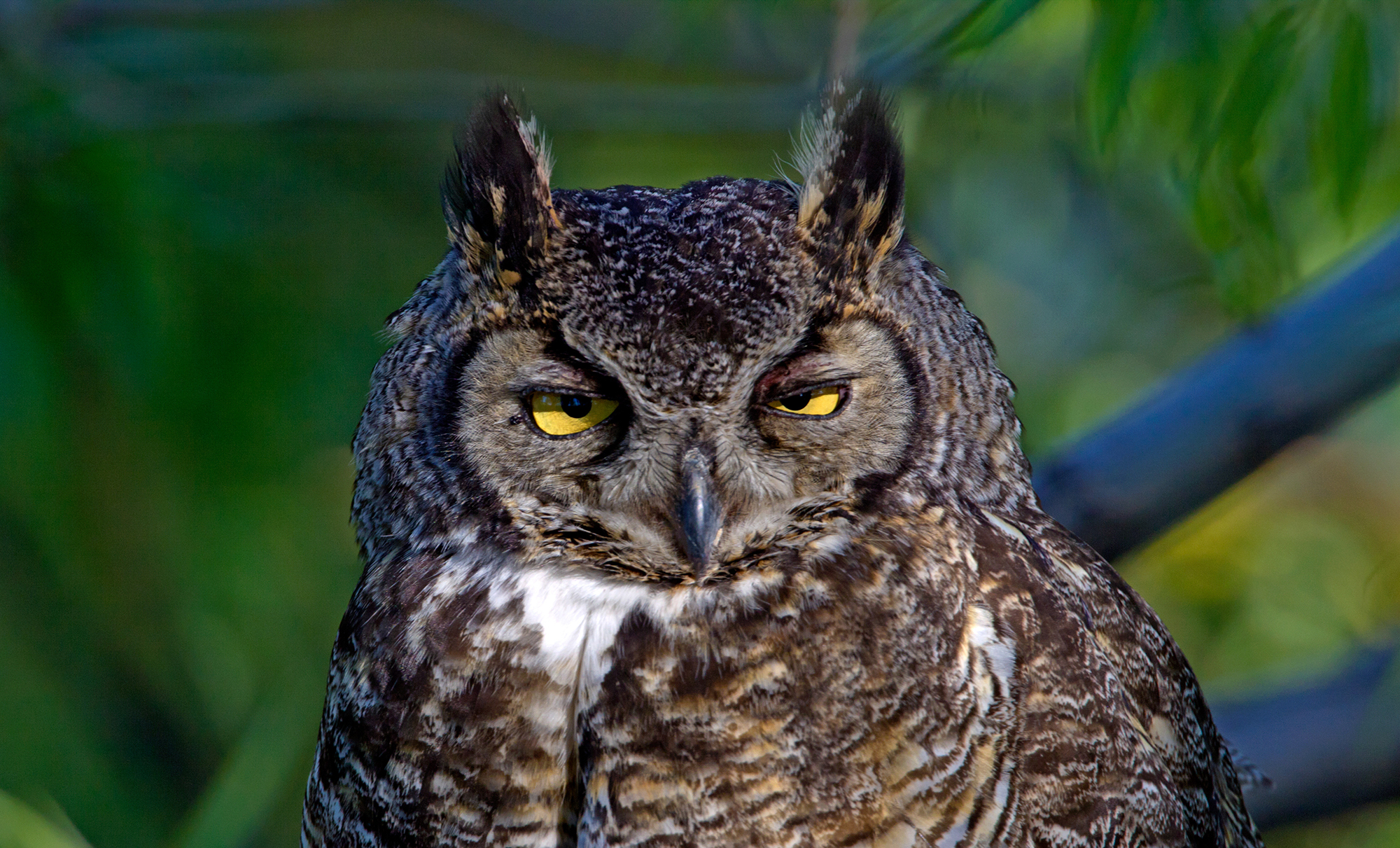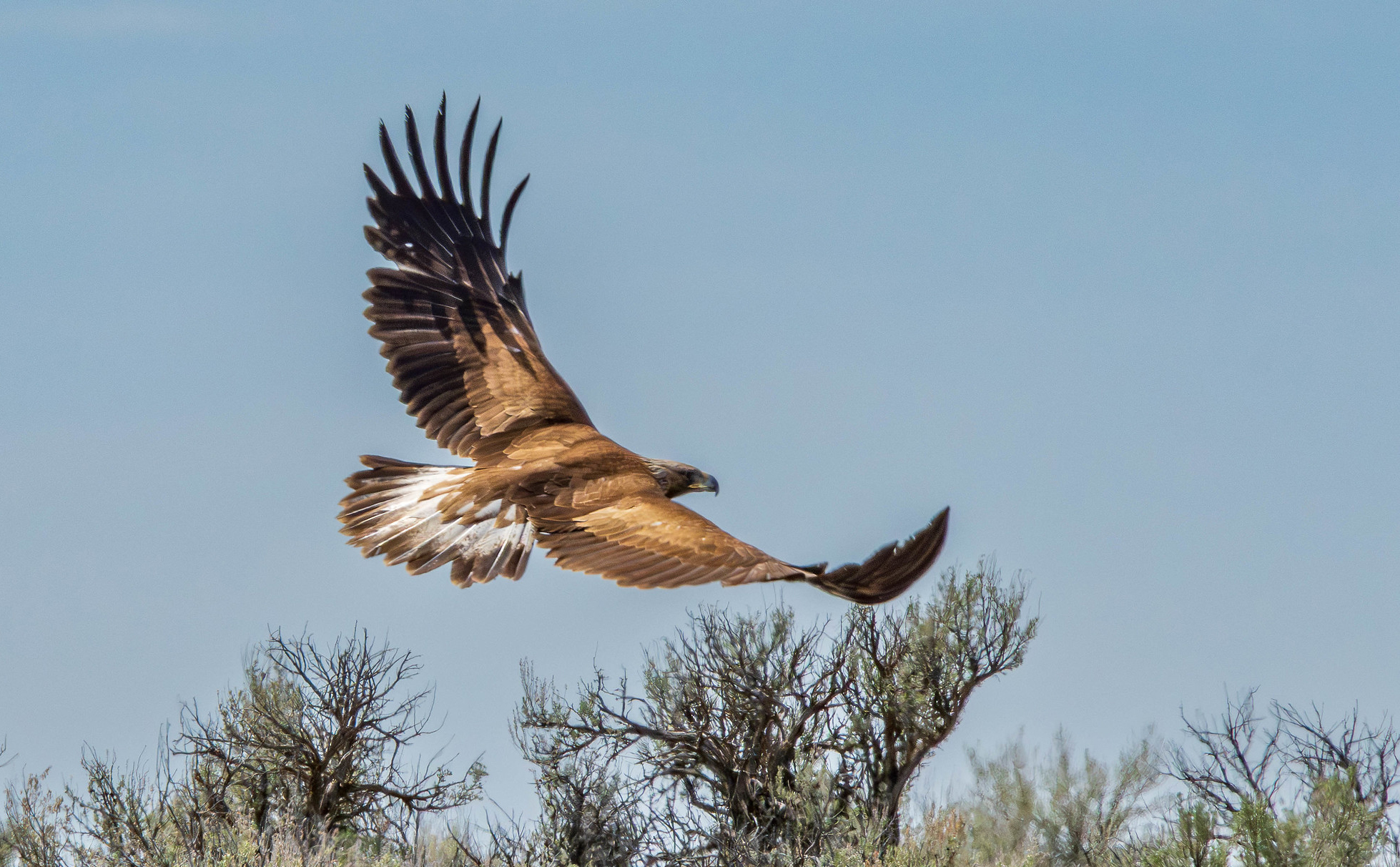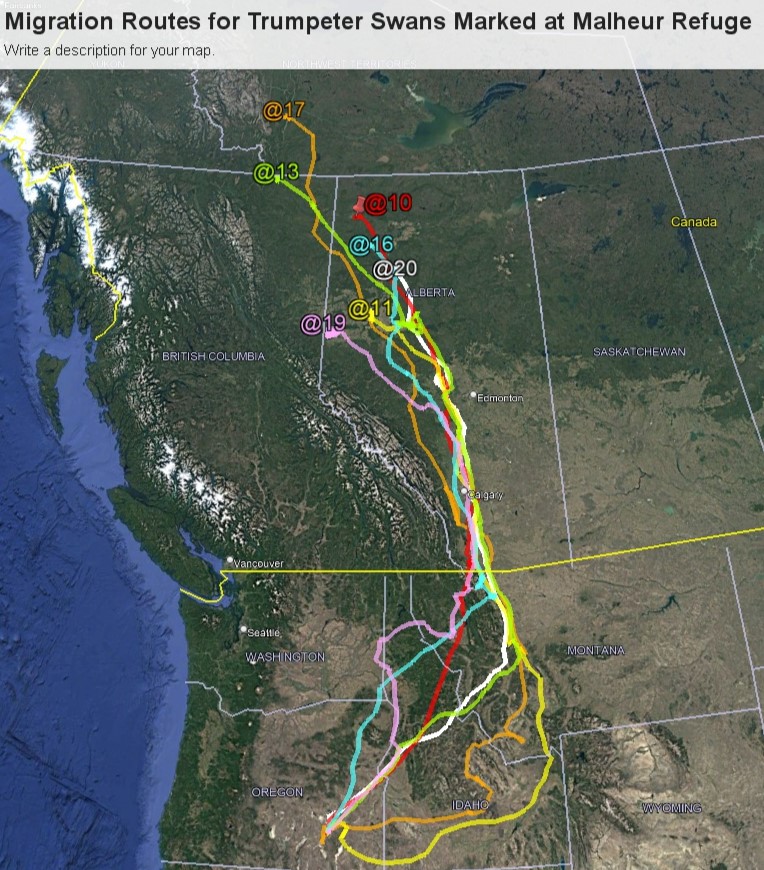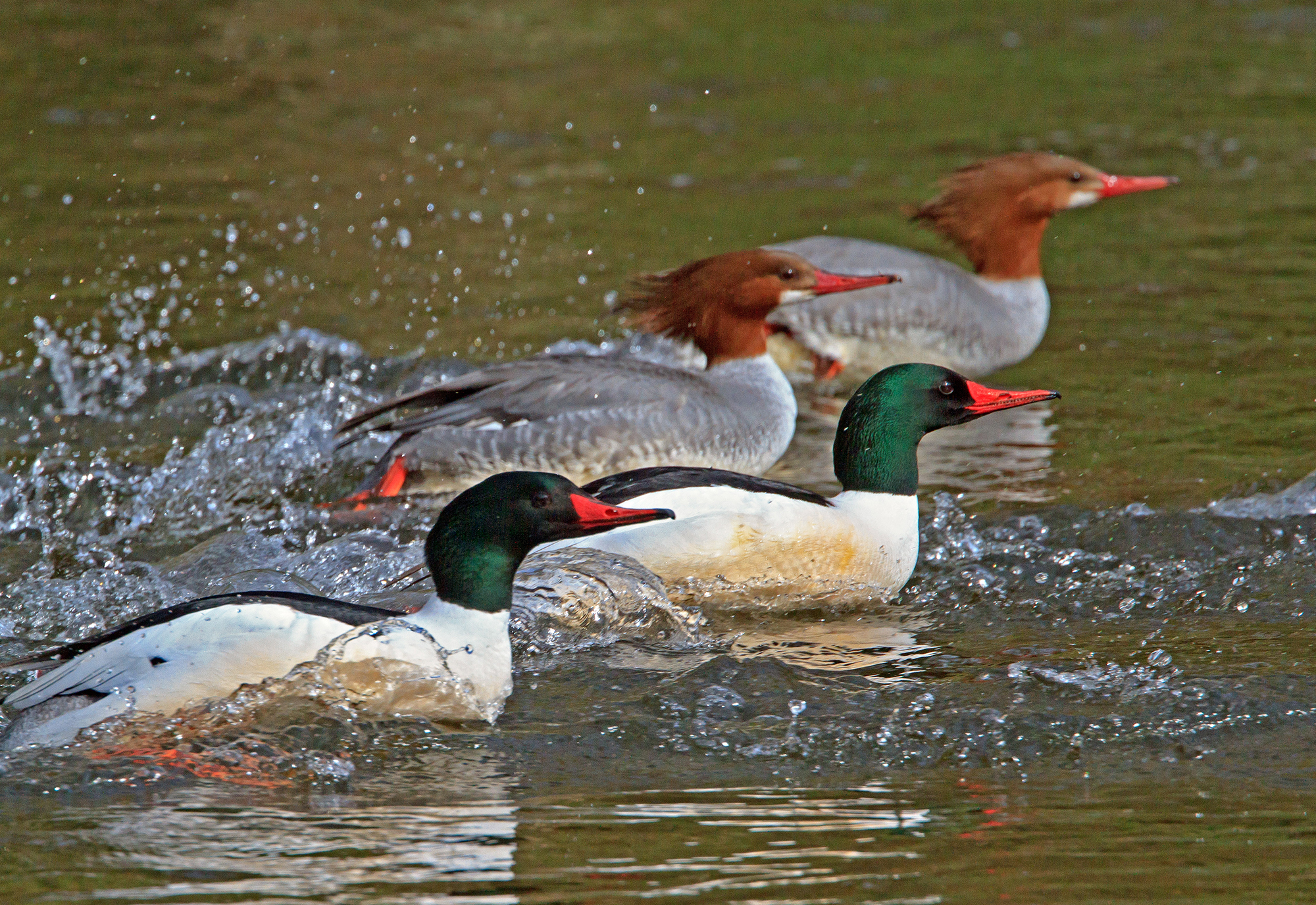Written by Peter Pearsall/Photo by Zack McCoy
In the realm of fleeting natural beauty, few phenomena rival the captivating emergence of mayflies. These delicate insects, belonging to the order Ephemeroptera, hold a unique place in the annals of natural history. With their short adult lifespan and mesmerizing mass emergences, mayflies have fascinated both scientists and onlookers alike. Let us embark on a brief exploration into the world of mayfly emergence, where nature’s clockwork unfolds in a breathtaking display.
The Lifecycle: Mayflies spend the majority of their lives as aquatic nymphs, dwelling in freshwater bodies such as streams, rivers, and lakes. These nymphs play a vital role in freshwater ecosystems, consuming organic matter and serving as a crucial food source for various aquatic organisms. After undergoing several molts and stages of growth, the nymphs reach their final instar, signaling their imminent transition to adulthood.
The Emergence: When conditions are favorable, often during spring or summer evenings, an extraordinary transformation takes place. The nymphs, driven by internal cues or environmental triggers such as temperature, daylight, or water current changes, embark on a journey towards the water’s surface. Once they reach the water’s edge, the nymphs undergo their final molt, shedding their aquatic exoskeleton and emerging as delicate-winged adults.
The Dance of Thousands: The synchronized emergence of mayflies is a spectacle to behold. As twilight descends, countless individuals take to the air, transforming the landscape into a buzzing flurry of fragile wings. These mass emergences, known as “hatches,” can number in the thousands or even millions, creating awe-inspiring swarms that capture the attention of both humans and predators. The sight is often compared to delicate snowfall, as the insects hover in graceful clouds, creating a breathtaking natural ballet.
The Beauty of Transience: Despite their ephemeral existence, mayflies play an important ecological role. As adults, their primary focus is reproduction. Males form swarms above water bodies, engaging in a captivating aerial dance to attract females. After mating, the females deposit their eggs back into the water, completing the life cycle. The adult mayflies live for only a brief period, ranging from a few hours to a few days, during which time they do not feed. Their sole purpose is to reproduce and continue the cycle of life.

